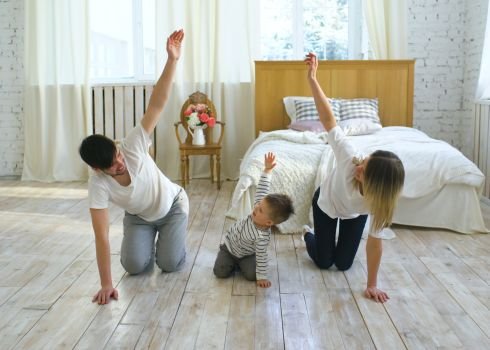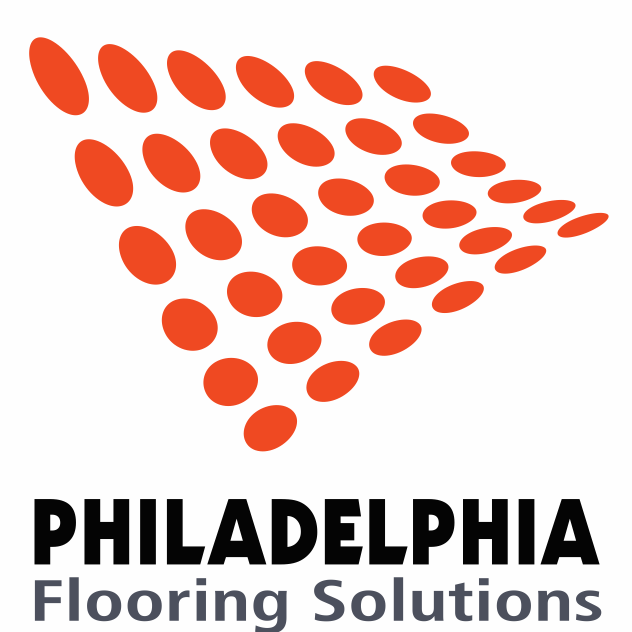Blog > Damage to floors due to humidity
Damage to floors due to humidity
Monday, January 31, 2022 9:30 AM

Humidity control is fundamental to the proper functioning of any building. Humidity control is important to protect occupants from adverse health effects and to protect the building; one of the effects is damage to floors due to humidity, and this can become a huge problem. However, humidity problems are so common in homes and offices that many people consider them to be unavoidable.
There are several types of humidity and all of them are the eternal enemies of the ceilings, walls and floors of our house. There is always the risk that rain and ambient humidity can end up cracking our walls, dulling the colors of the rooms and forming dark spots; and also causing huge damage in the flooring space, which eventually will be noticed.
Humidity in the home is a serious problem
Dampness in high floors is very common. Although we may think that they appear more frequently in basements, warehouses or garages, at height or below ground level, the truth is that they are a problem that we will encounter anywhere, regardless of whether we live on a third or fourth floor.
Different types of humidity
Humidity due to condensation
Humidity due to condensation is extremely common in any place and an apartment at a considerable height will not be free of it. Condensation appears when the air in our home is saturated with humidity and the excess water passes to its liquid state, settling in the coldest parts of the room, something that has less to do with the height at which we are but with the activities we carry out in our daily lives.
Cooking for example, taking a hot bath or shower, using heaters or washing and drying clothes are some of the daily activities that, day by day, cause the amount of water vapor in the air of our home to vary and, above all, increase, making it easier for condensation humidity to appear. Another factor to take into account is that defective ventilation or an insulation system that does not meet the minimum requirements will complicate things even more.
Appearance of mold, mist on windows, difficulties in heating the house, bad odors....
Diseases such as asthma, sinusitis, respiratory allergies, headaches....
Capillary Rise Humidity
Capillary rises are similar types of dampness to lateral infiltration, but these are seen on upper floors such as living rooms, bedrooms, kitchens, family rooms or exterior walls.
Water rises from the ground through the porous materials. This water passes through the foundations, rises up the walls and causes detachment of the coating at the baseboards and the lower floors. They can also be caused by the rupture of a pipe.
Effects of capillary rise:
Lateral Infiltration Humidity in Underground Rooms
Cellars, basements and garages located below ground level are very prone to various types of humidity.
If the walls of a room are in direct contact with the soil, because they are below ground level, moisture can pass laterally from the soil to the walls, seriously damaging them.
We recommend you to come directly to consult with us, we have a wide variety of floors that can resist the effects of moisture without problem, in addition to advise you on the solution about the damage to your current floors.
- Effects of condensation in the home:
- Effects of condensation on health:
- Accelerated wear of building materials and joints, which can be a hazard to the structural strength of the dwelling.
- Hazards with electrical installation.
- Damage to furniture, wooden frames, doors, windows, parquet, stored objects, electrical appliances (computer, Hi-Fi equipment), etc.
- Serious aesthetic problems, causing any applied coating to fall off.
- Increase of the heating bill between 15% and 30%.
- Effects of capillary rises on health: it causes unpleasant sensations of discomfort (chills, damp clothes and sheets...), which are conducive to the onset of colds and flus.
- - Effects of lateral infiltration:
- Accelerated wear of building materials and joints, which can be a hazard to the structural strength of your home.
- Hazards with electrical wiring.
- Damage to furniture, wood frames, doors, windows, parquet, stored objects, electrical appliances, etc.
- Serious aesthetic problems.
